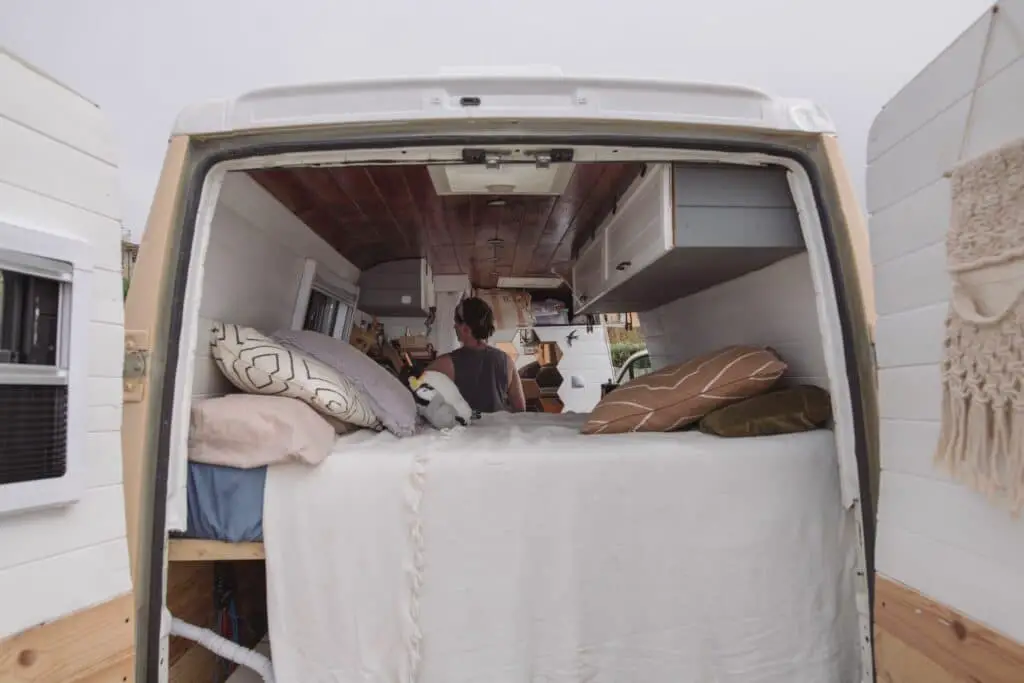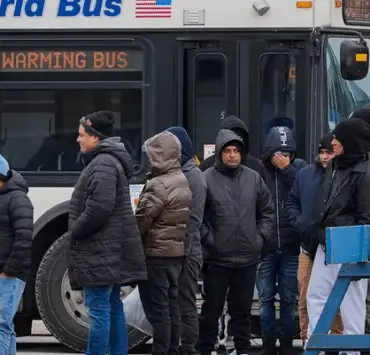Buying a house is getting harder and harder for a lot of people these days. Because of this, more and more millennials are finding a different way to live that doesn’t cost so much money. They’re turning vans into tiny, rolling homes where they can live simply and save cash. Millennials living in vans are getting creative to deal with the tough money problems many people face today. And when they share their van life stories online, they show both the good parts, like having more freedom and saving money, and the hard parts, like feeling lonely or dealing with van life troubles. This article takes a closer look at why some millennials are living in vans and how it helps them plan their money, change their way of life, and find some stability when things around them are always changing.
The Rise of Millennials Living in Vans
As housing prices soar to unprecedented levels, a growing number of millennials are turning to van living as a strategic move toward financial stability. This lifestyle, often glamorized on social media, represents not just a trend but a necessity for many young adults facing the harsh realities of today’s real estate market. Orlando-based realtor Freddie Smith notes the younger generation’s need for “drastic sacrifices” to reset their financial futures or aspire to homeownership.

Financial Freedom on Wheels
The narrative of millennials living in vans is rich with stories of sacrifice, savings, and eventual success. Michael Alberse, a 22-year-old Google employee, represents this movement, having chosen van life to secure his financial future. By avoiding rent and investing the savings, Alberse laid a strong foundation for his future, despite the challenges of loneliness and homesickness that led him back to a more traditional living situation. Court and Nate, another van-dwelling couple, saved over $70,000 and cleared their debts, showcasing the significant financial upside to this lifestyle choice.
Challenges on the Road
However, van life is not without its hardships. Isolation, loneliness, and the daily practicalities of living in a small, mobile space pose significant challenges. TikToker Summer Ginther highlighted the less glamorous aspects, such as managing waste and missing the community feel of stationary living. Weather extremes and the logistics of daily life, from laundry to social interactions, further complicate this lifestyle.

A Broader Commentary on Affordability
This trend underscores a broader issue of housing affordability affecting younger generations. With mortgage rates reaching multi-decade highs and median household incomes falling short of affording the average American home, millennials are finding innovative ways to navigate financial hurdles. Realtor Freddie Smith emphasized the gap between income and housing costs, suggesting van living as a viable solution for many to save for a down payment and qualify for a mortgage.
Conclusion: A Symbol of Broader Economic Struggles
Millennials living in vans is more than a social media trend; it’s a reflection of the economic challenges facing a generation striving for financial stability in an increasingly unaffordable housing market. While the path offers financial benefits and a sense of adventure, it also brings to light the sacrifices and challenges inherent in this lifestyle choice. As this trend continues to grow, it serves as a poignant reminder of the need for more affordable housing solutions for the younger generations.
Related posts:
 Affordable Rental Provider Repays $710K to Arlington County
Affordable Rental Provider Repays $710K to Arlington County
 Reduce Your Environmental Footprint: Simple Water Conservation Tips for Your Home
Reduce Your Environmental Footprint: Simple Water Conservation Tips for Your Home
 10 Precautions to Stay Safe During a Home Renovation
10 Precautions to Stay Safe During a Home Renovation
 Surge in US Housing: A Close Look at the November 2023 Boom
Surge in US Housing: A Close Look at the November 2023 Boom
 Seattle Fort Lawton Housing Plan Revision: A New Vision for Affordable Living
Seattle Fort Lawton Housing Plan Revision: A New Vision for Affordable Living




